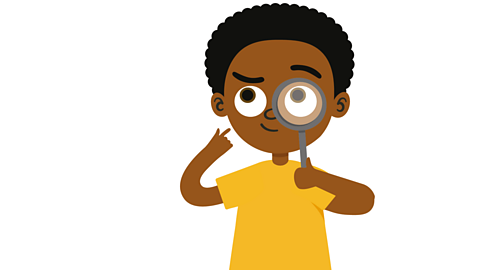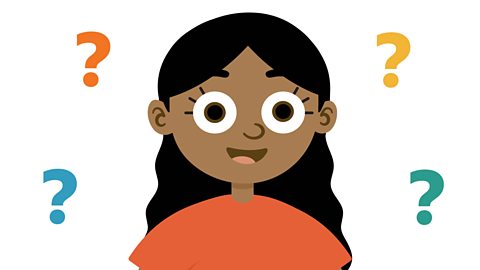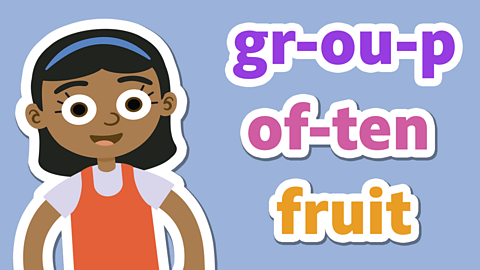Watch: Unfamiliar words

It’s important to understand unfamiliar words so that you can interpret the overall meaning of a sentence.
Misunderstanding a tricky word can prevent you from understanding the meaning of a text.
It’s a good idea to have a plan for working out the meaning of unfamiliar words, especially when you don’t have a dictionary to hand.
You can:
Use the surrounding words to see if there are any clues.
Decode the word by breaking it down into sounds or words that you know.
Watch this video to learn how to make sense of words that are unfamiliar or tricky.

Learn strategies to help you understand unfamiliar vocabulary
Activity 1

Read the following sentences and decide what the word in bold means.
Write down what you think each word means on paper.
Remember, you can:
Use the surrounding words to see if there are any clues.
Decode the word by breaking it down into sounds or words that you know.

The car was hindered by the snow on the road so we couldn't get to school.
I was at a disadvantage in the race because I had a twisted ankle.
It was so serene sitting on the quiet beach, with blue waves lapping at the shore and the gentle wind blowing the palm trees. I almost fell asleep in my deck chair.
There was a minuscule spec of dirt on my trainers but I could hardly even see it.
Kevin ambled up the hill with his friends, chatting happily.

Top tip!
Once you've had a go at working out what the words mean, you could look them up in a dictionary to see if you were right.

Activity 2
One way to extend your vocabulary is to look at new words, see what they mean and use them in your own writing.
Look at the words below. You might already know some of them, but others might be new to you.
| Beautiful | Horrible | Sad | Happy |
|---|---|---|---|
| breathtaking | loathsome | miserable | joyful |
| magnificent | hideous | depressed | ecstatic |
| exquisite | vile | woeful | delighted |
| delightful | repulsive | despondent | euphoric |
| gorgeous | grotesque | tragic | gleeful |
Choose four words that you have not heard of before, each from a different box.
Write a sentence for each word.
For example: The view from the hill was magnificent!

Top tip!
Look at the words in bold at the top of each box as these tell you what the words mean.

Activity 3

Using root words, prefixes and suffixes can help you to decode small parts of unfamiliar words.
Groups of words that have a common root word or pattern are called word families.
For example:
- Appear
- Disappear
- Reappear
- Disappearance
Ěý
Write down as many words as you can that include these three root words:
1. employ
2. manage
3. educate
Think about why all of these words are in the same family. What do they have in common? This can help you to work out their meaning.
See how well you did by checking this

Play our fun English game Crystal Explorers. gamePlay our fun English game Crystal Explorers
Use grammar, punctuation and spelling skills to explore jungles, caves and tombs on your mission!

More on Language
Find out more by working through a topic
- count9 of 9

- count1 of 9

- count2 of 9
